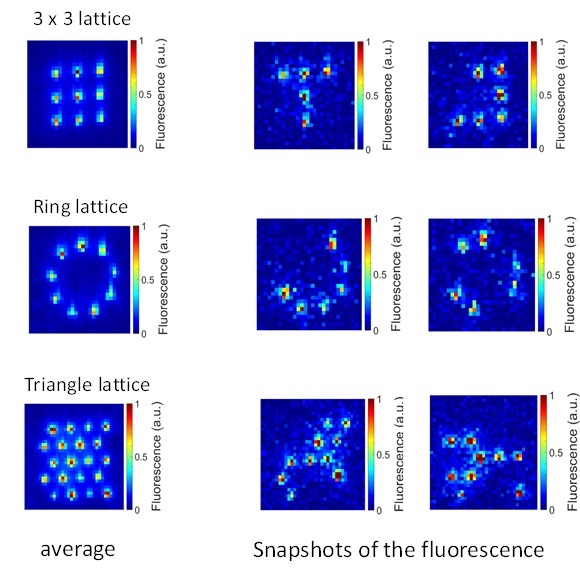(Tokyo, 28 September 2016) University of Electro‐Communications, Tokyo publishes the September 2016 issue of the UEC e‐Bulletin that includes research highlights from high impact publications by UEC, Tokyo scientists on quantum computing, physiology, neurology, and space physics.
Single neutral atoms trapped individually in optical microtraps are incredibly useful tools for studying quantum physics, as the atoms then exist in complete isolation from the environment. Arrays of optical microtraps containing single atoms could enable quantum logic devices, quantum information processing, and quantum simulation.
While single atom trapping has already been achieved, there are still many challenges to overcome. One such challenge is making sure each trap holds no more than one atom at a time, and also keeping it there so it won't escape. This requires uniform optical microtraps, which have yet been fully realized.
Now, Ken'ichi Nakagawa and co‐workers at the University of Electro‐Communications, Tokyo, Japan, together with scientists across Japan and China, have successfully demonstrated an optimization method for ensuring the creation of uniform holographic microtrap arrays to capture single rubidium (87Rb) atoms.
The team generated holograms for red light‐tuned microtraps arrays in various shapes including square, honeycomb and ring formations (see image). They combined each hologram with two phase patterns, including a grating pattern which allowed the researchers to separate out the traps from non‐diffracted light. A spatial light modulator tuned the trap light to the calculated hologram pattern and ensured uniformity of depth across the microtraps.
Nakagawa's team measured the diffracted light intensity with a specialized camera, and monitored the in‐trap fluorescence from the Rb atoms; these two 'feedback' methods allowed them to optimize the traps and ensure uniformity. They could also verify the presence of a single atom in each trap more precisely.
Reference
Tamura, H., Unakami, T., He, J., Miyamoto, Y., Nakagawa, K. Highly uniform holographic microtrap arrays for single atom trapping using a feedback optimization of in‐trap fluorescence measurements. Optics Express 8132 (2016)
doi: 10.1364/OE.24.008132
Research Highlights
Quantum computing: Trapping single atoms in a uniform fashion
http://www.ru.uec.ac.jp/e-bulletin/research-highlights/2016/quantum-computing.html













